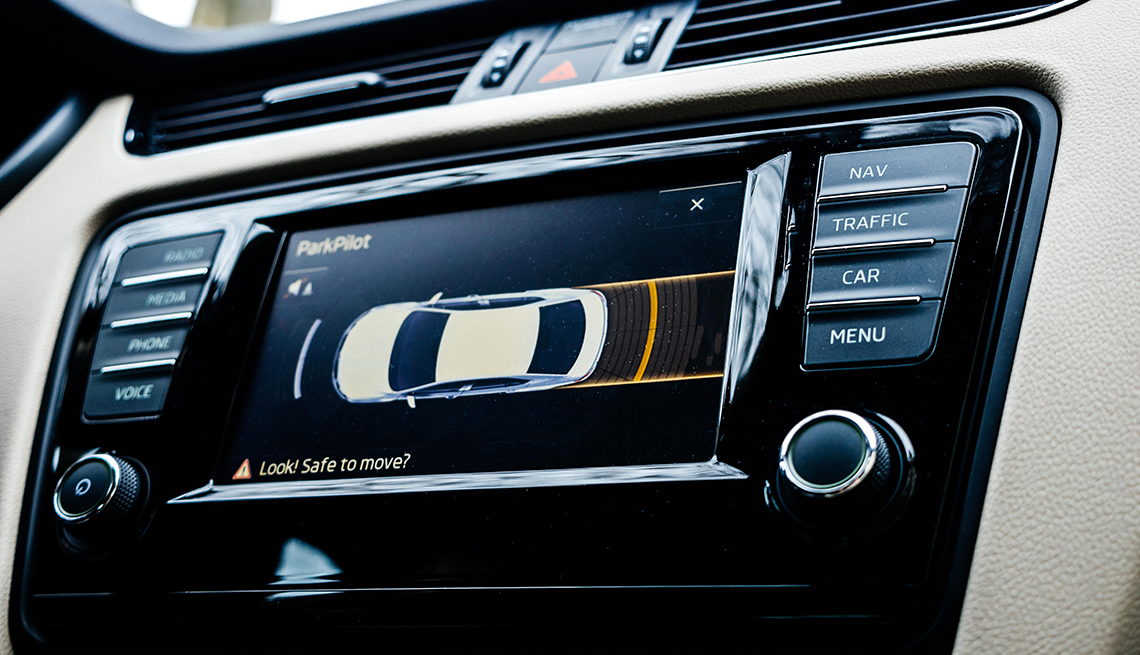AARP Hearing Center
Features like automatic braking, adaptive cruise control and pedestrian detection make new cars safer — but a lack of auto industry uniformity about what to call these new assistive technologies may leave drivers and buyers confused. That’s according to a new study from AAA, the nonprofit auto and travel services organization, which identifies dozens of safety-feature names in use and calls on industry leaders and regulators to start using standard terminology.
Using data from 34 automakers, AAA found that 92.7 percent of new vehicles had at least one advanced driver-assistance system, or ADAS, feature as of May 2018. The most popular feature, automatic emergency braking, was found in 30.6 percent of vehicles — and automakers used 40 names, such as “Intelligent Brake Assist” and “Collision Mitigation Braking System,” to describe it.
Results were similar for many other features, with manufacturers using 20 names for adaptive cruise control, 19 for blind spot warning and 18 for automatic high beams. Another source of confusion? Carmaker-specific safety “suites,” which use one term to market multiple safety features, such as Tesla’s “Enhanced Autopilot,” which includes four separate safety features, or Acura’s “AcuraWatch,” an eight-feature bundle.
The potential confusion could have safety implications. Another AAA study from November, for instance, found that 40 percent of Americans (including 27 percent of boomers) believed that driver-assist features with names like Autopilot or ProPILOT had the ability to drive a car by themselves, which is false.
The new study proposes 20 standardized names that describe features aimed at everything from collision mitigation (avoiding accidents) to parking assistance. “Night Vision,” for instance, could be used to describe any system “that aids driver vision at night by projecting enhanced images on instrument cluster or heads-up display,” while “Semi-automated Parking Assistance” could be used for features that control steering during parking, but for which a driver is still responsible for “acceleration, braking and gear position."
Automakers, the report says, should consider adopting these standardized names alongside their unique marketing terms in materials like owner’s manuals and window stickers to ensure that consumers know which safety features a new car has, and what exactly those features do.
In the meantime, new car buyers should ask for a full demonstration of safety features before they leave the dealership. Other resources, like the National Highway Transportation Safety Administration’s guide to driver assistive technologies and AARP’s Smart DriverTEK workshops, can also help drivers learn more about assistive technology behind the wheel.
































































